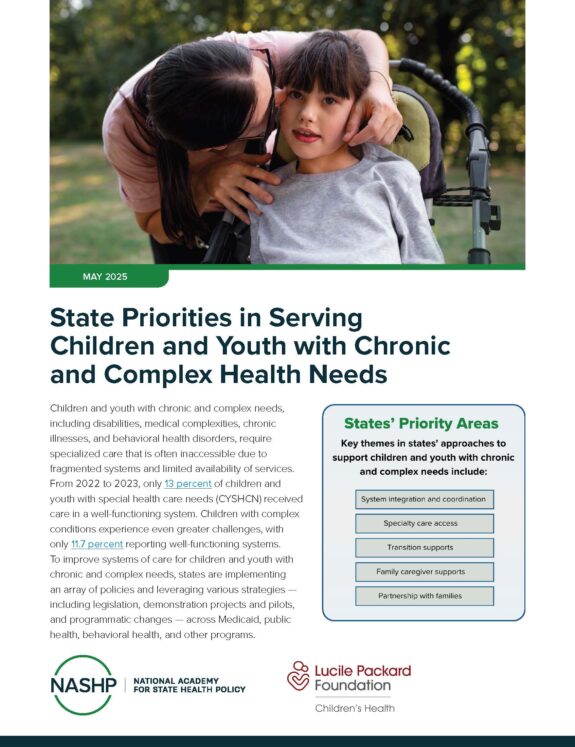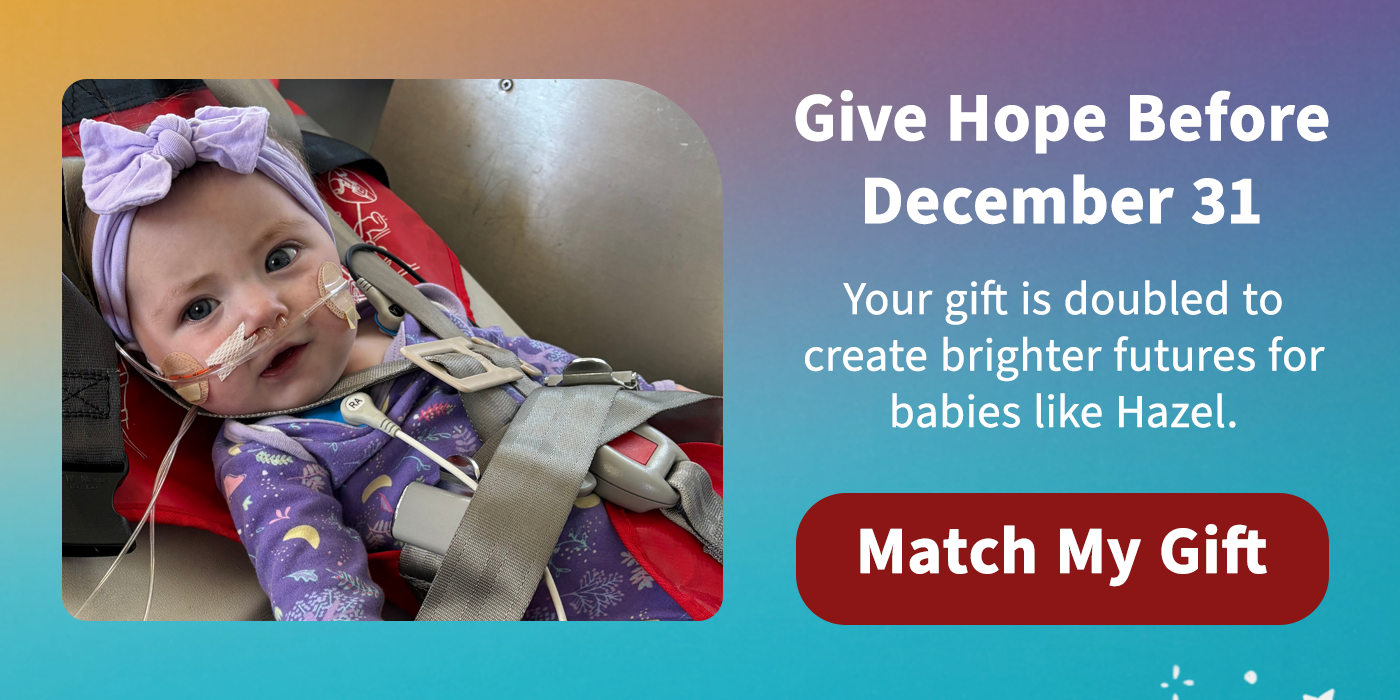Profile: Devon Dabbs
In 2001, Devon Dabbs and colleague Lori Butterworth were on a mission. They were determined to change public insurance rules that required families of children with a life-threatening illness to make the agonizing decision to abandon medical efforts to cure their child in order to qualify for hospice/palliative care.
By 2006, the duo had succeeded. A federal waiver was in place so that California children could receive both curative treatment and palliative care, which seeks to relieve physical suffering, pain and fatigue, and also includes psychological and spiritual dimensions.
But the waiver was only the beginning.
“The system was failing these children,” said Dabbs, a former documentary filmaker who became interested in the subject after meeting Butterworth, a nonprofit executive for a pediatric cancer association. “We wanted families to be able to address the many challenges that accompany life-threatening illness, without asking them to sacrifice hope for their child’s survival.”
Dabbs and Butterworth co-founded the Children’s Hospice and Palliative Care Coalition in Watsonville, which continues to advocate for policies and programs that address the medical, emotional and financial needs of seriously ill and dying children and their families. The Coalition supports research, training for professionals, educational forums to bring public attention to this population of children, and some direct services, such as transportation.
Among the Coalition’s current programs is a pilot demonstration project, the Medi-Cal Pediatric Care Benefit (“Partners for Children”), through which qualifying children receive palliative care in their homes in addition to medical treatment. The project is under way in nine California counties. Early data indicate that families are experiencing a reduction of unmanaged pain in their child; better emotional well being; a decline in emergency room visits; and fewer and shorter hospitalizations, which contribute to lower costs. The waiver was renewed earlier this year, opening up the possibility for the program to expand to an additional 14 counties over the next five years.
Learn more about palliative care and the work of the Coalition.



